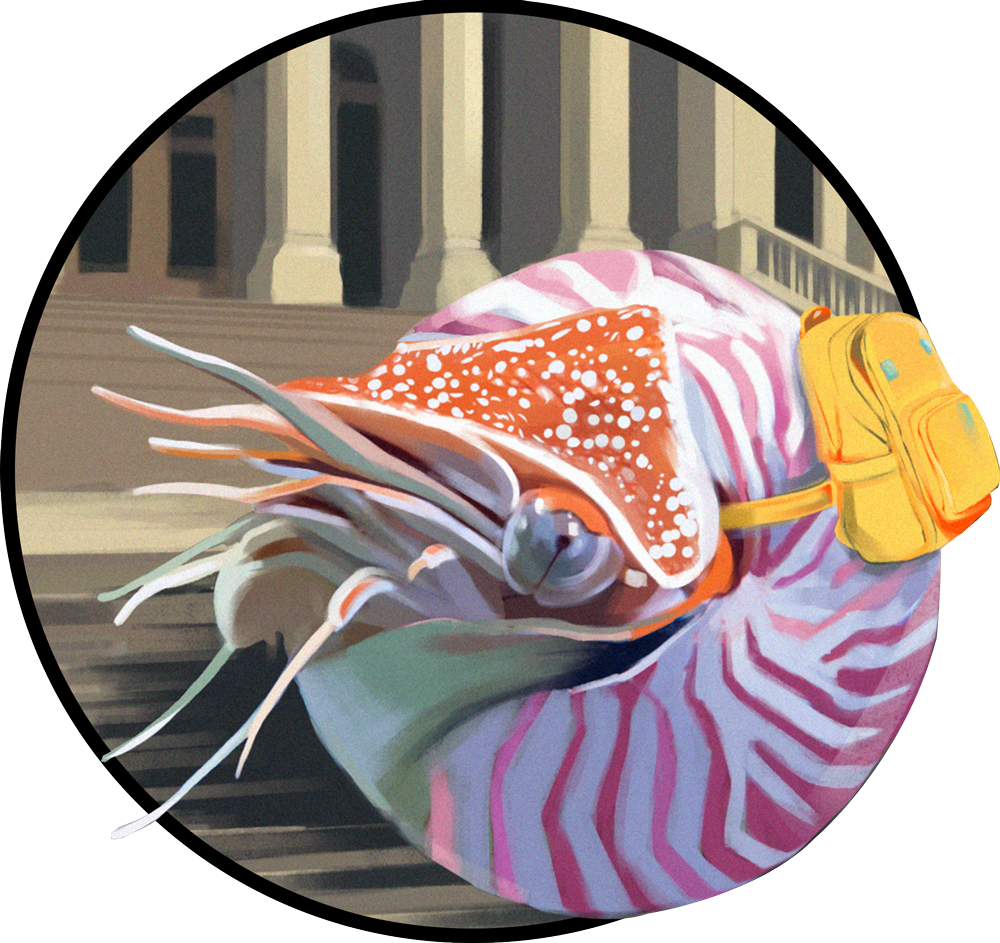When Haruka Kondo stepped into the singing booth, she was determined to strip away the mystery behind a successful vocal performance. A starting pitch on a digital piano queued her into Caro mio ben, the Italian baroque aria, which Kondo sang into a recording device, a cappella. The booth was narrow—she could touch every side if she stretched her arms out—and almost completely soundproof, specially designed by Kondo for her latest experiment.
Kondo is an award-winning soprano and Ph.D. student at the Music Neuroscience Laboratory at Keio University in Japan, where she is helping develop the study of vocalization into a science. The goal of her experiment was to “scientifically identify the key elements of a prize-winning performance,” she told me over email. “For centuries, singers have been guided by abstract and subjective instructions like ‘make your voice richer.’” Her experiment looks for the data behind the dazzle.
Vibrato is the audible equivalent of a voice trembling with feeling.
Caro mio ben is a staple of vocal training in Japan: simple, introductory, with “uncomplicated structure” and “universal familiarity,” Kondo said of why she chose the song. But it is also a subtle piece, with a delicate tune and wide emotional range, the perfect testbed for operatic prowess. In the booth, Kondo gave herself only one shot at the recording, mimicking the high-pressure conditions of a singing competition. Nine others, all female performers, followed suit, each recruited from Kondo’s professional network of opera singers.
What they found was that vibrato matters most. “Our analysis revealed that perceived vibrato was the single most important predictor of a high overall [performance] score,” Kondo said, something that she feels is a profound discovery for the field. Vibrato is the regular, pulsating change in the pitch of a single sustained note, the audible equivalent of a voice trembling with feeling. It is a hallmark of western classical singing, although some singers of rock and roll or pop music occasionally also sing with this musical effect. Think Elvis Presley, Billie Holiday, or Robert Plant.
In the study, vibrato trumped five other metrics used by the judges—four qualified instructors with decades of experience teaching vocals—to score the performances. These were resonance (amplification), timbre (the equivalent of “tone color” for a voice), diction (pronunciation and enunciation of the Italian), intonation, and expressiveness.
“I don’t necessarily agree that [vibrato is] something that’s overlooked,” said Taylor Colton Stone, a musician and scientist who specializes in voice and speech pathologies. “But part of the problem with vibrato is we don’t really fully understand why it happens,” said Stone, who was not involved with the study.
Though it is possible to learn vibrato, it is rarely taught and is usually considered the outcome of overall good singing technique, rather than a skill. “The predominant theory right now is that it has to do with some neural oscillations that are related to natural tremor rates in your body,” said Stone. “And whenever you have everything lined up and you’re singing healthily, with good support, good breath pressure, a relatively relaxed larynx, these oscillations will naturally come out in your vocal folds.”
As part of the study Kondo also analyzed the spectrograms of the recordings for their acoustic features, which could only be deduced through computation, and compared these against the overall score that judges awarded each performance. “Since opera singers must project their voices over an orchestra in a large hall without a microphone, we predicted that the singing power ratio— an acoustic measure of the voice’s carrying power—would be a critical element,” she said. The results of the study corroborated that assumption: The more singing power they had, the more highly the judges rated them on a 100-point scale.
Kondo hopes that her findings can now be usefully translated into teaching. “Imagine a voice lesson,” Kondo told me, “Instead of just relying on the teacher’s ear, a student can see their voice on a screen. Using acoustic analysis software, a teacher can point to a specific number—the Singing Power Ratio, or SPR—and say, ‘Let’s work on raising this value.’ This gives the student a concrete target: boosting the energy in the key 2-4 kHz range that makes a voice carry.”
Kondo isn’t the first to analyze the spectrograms of singers’ performances in search of the formula to their success. In 2004 Patricia Howes together with colleagues from the University of Sydney studied the vibrato of several renowned opera singers, including Maria Callas, Edita Gruberová, Joan Sutherland, and Leontyne Price. Judges were especially stumped by Price’s performance, where 34 percent had found her vibrato extent to be too long, while 20 percent had found it too fast, none of which affected their overall rating of her singing. The same study found that Maria Callas was unmatched in her vibrato expressions of “madness,” while Gruberová and Sutherland were best at putting it to use expressing “tender passion” and “sadness.”
“I do not think that we are ever going to get to a point where any kind of acoustic measure is going to really capture the full multi-dimensional nature of a voice,” Stone told me. “We still need someone’s ear to be listening to it.” ![]()
Lead image: Haruka Kondo from Keio University






























